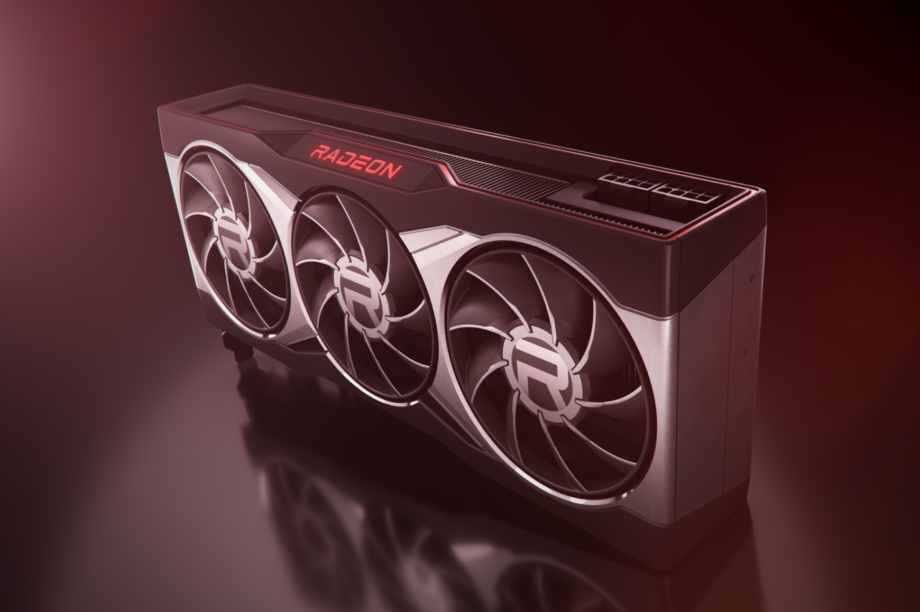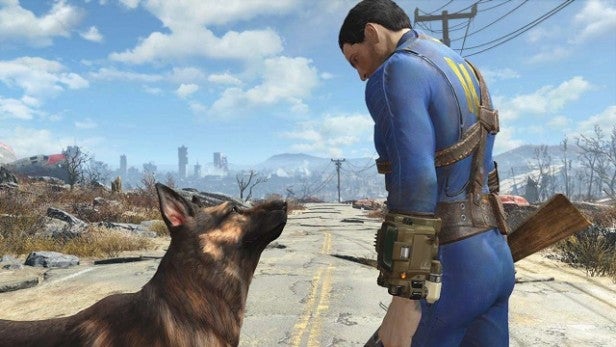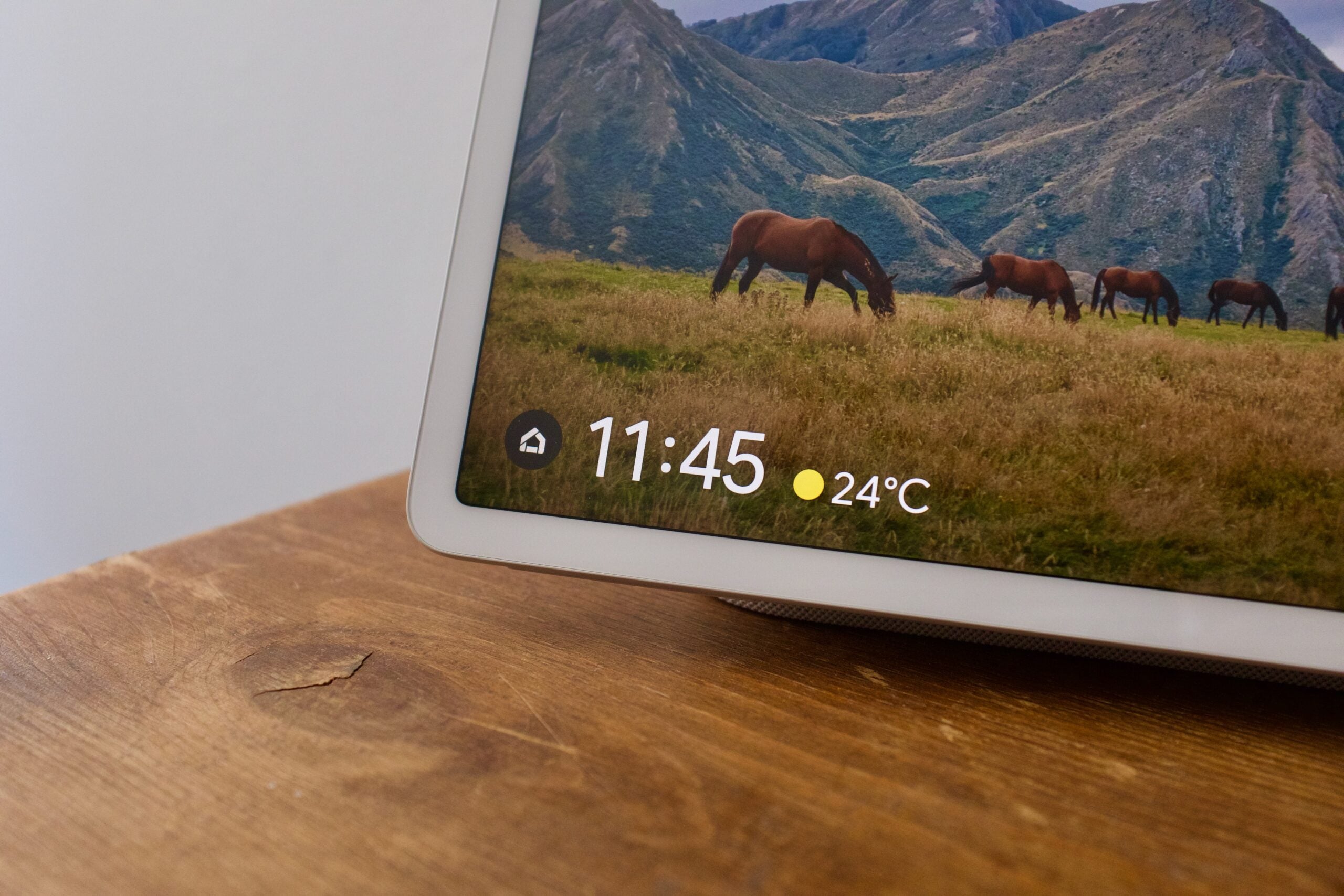AMD launches RSR, which has a key advantage over Nvidia’s DLSS

AMD has launched a new feature called Radeon Super Resolution (aka RSR), which uses spatial upscaling to allow games to run at high resolutions without seeing a big decline to the frame rate.
This may sound familiar to you, as AMD launched something very similar recently called FidelityFX Super Resolution, which also enables a game’s resolution to be boosted while still maintaining high frame rates. In fact, RSR uses the exact same algorithm as FSR, and therefore offers the same functionality.
The difference with the new RSR is that it’s baked into AMD’s driver, and so doesn’t require video game developers to enable support like with FSR and Nvidia’s DLSS.
This means RSR will be supported by thousands of games at launch. You just need a Radeon 5000 Series graphics card, or newer, and you can start upscaling games right away. This is a big strength over its rivals, with the likes of FSR and DLSS offering a very small list of supported games in comparison.
However, AMD has stressed that RSR won’t be replacing FSR. Since FSR creates images directly through the game engine rather than external software, it should ensure higher quality images. AMD didn’t clarify how big the performance difference is between FSR and RSR, although did provide some benchmark data for the latter.
The table below shows the performance boost that RSR provides when upscaling from 1440p to 4K and 1080p to 4K, compared to when rendering a game at native 4K resolution. AMD confirmed that it used a Radeon RX 6800 XT GPU and a Ryzen 7 5800X CPU for testing.
| RSR off 4K Native | RSR on 1440p > 4K | RSR on 1080p > 4K | |
| Borderlands 3 | 56fps | 100fps | 156fps |
| Dirt 5 | 82fps | 116fps | 161fps |
| Shadow of the Tomb Raider | 66fps | 117fps | 199fps |
| Warframe | 108fps | 185fps | 255fps |
As you can see, RSR offers a whopping 100fps boost for Borderlands 3 when upscaling from 1080p, and a mighty 133fps improvement for Shadow of the Tomb Raider.
But the main concern is how much of a sacrifice you’ll be making to the game’s visuals compared to native 4K. AMD claims RSR offers a ‘near-native resolution’ although we reckon the difference will be very noticeable. Sadly we haven’t been able to test out RSR just yet.
AMD has provided two some comparison pictures from Warframe too, which you can see below. As you can see, the 4K native screenshot has more natural light effects, while background objects (such as the sloping grid) look sharper and more detailed. Of course, such differences will be easier to spot when playing a game compared to a screenshot.

On left: RSR off, 4K native. On right: RSR on, 1080p upscaled to 4K
But even if there is a significant visual downgrade, the benefit of RSR is clear. Not only does it provide gamers with the option to boost the frame rate like with DLSS and FSR, but it also supports a wider selection of games, which arguably makes it more useful.








